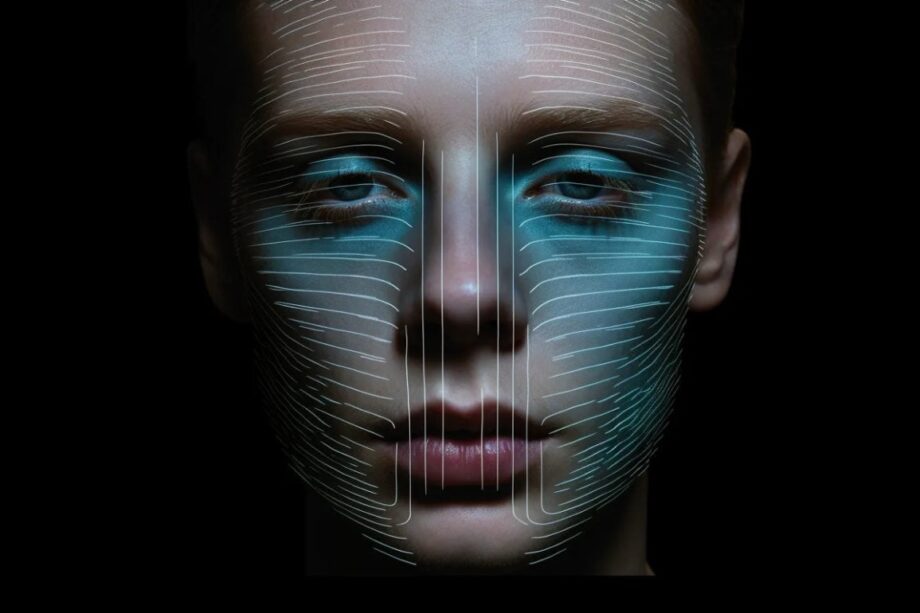Georgetown University Medical Center neuroscientists, with collaborators, used a device translating images into sound to reveal that blind individuals recognize basic faces through the fusiform face area. Published on November 22, 2023, in PLOS ONE, the study, led by Josef Rauschecker, Ph.D., explored compensatory abilities in blindness using a sensory substitution device and fMRI.
Contrary to the belief that the fusiform face area develops from visual face experience, the study suggests it depends on exposure to facial configurations’ geometry through other senses. Lead author Paula Plaza, Ph.D., highlights the area’s ability to encode the ‘concept’ of a face regardless of input channel.
The research involved six blind and ten sighted individuals undergoing fMRI scans. Activation in blind individuals predominantly occurred in the left fusiform face area, differing from sighted individuals. Rauschecker speculates this left/right difference could guide refinements to their sensory substitution device.
Currently enabling blind recognition of basic ‘cartoon’ faces through sound, the device involves progressively complex stimuli. The goal is to use real face and house images, contingent on enhancing the device’s resolution. Rauschecker aims to explore blind individuals’ potential to recognize people from pictures, leveraging insights into refining their processes.

